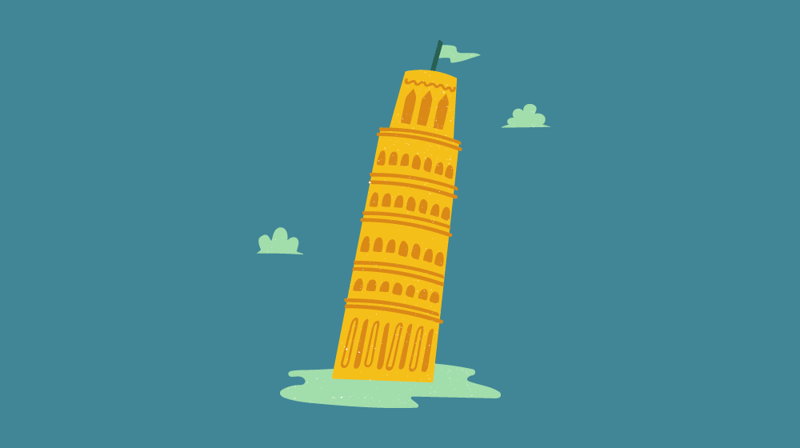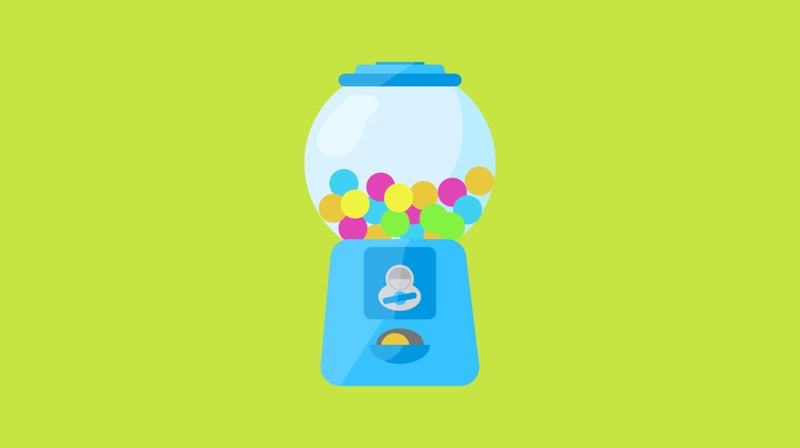Virtual programming sounds great, but a major challenge arrises in getting students to show up (or rather, log in).
Without free pizza to offer, an exciting venue to head to, or great in-person interactions to have, how can student affairs professionals tempt students to join them on Zoom?

Well, we learned of one #SApro who unofficially won the virtual engagement game. Justin Brown, a proud resident director of West Chester University of Pennsylvania, brought out the stars! He had celebrities log on to video conferences to chat directly with students. And we don’t just mean one, two, or even a dozen celebs — he scored an astounding 56, including actor Deon Cole, comedian Bill Burr, and actress Kate Flannery.
Oh and what was his presumably enormous budget, you ask? Zero dollars and zero cents.
Yes, it’s true.
Wondering how he worked such magic? We did, too. So, we recently invited Justin to be a guest star himself — on our Happy Hour Webinar Series.
He dove into the details, sharing how he came up with idea, how he got the courage to approach the celebrities, and what he learned from all of the “no”s (spoiler alert: there were many) along the way.
Missed out? No worries. We’re not keeping the secrets hidden. The full chat is available to download here — 100% free.
Or, if you’d prefer to just skim through a few of the top stories and words of programming wisdom, we’ve got that covered, too. Here are 9 of the top things Justin had to share.
9 Key Lessons
1. We have to think innovatively
“I wouldn’t show up to [most traditional events right now] if I was a student. So if I’m not going to come to an event, why am I going to make an event for students that I know that they’re not going to come to?
So I was like, ‘Okay, what’s going to make these students come on these Zoom calls? What would make me come on a call?’ I [realized], well actually somebody I want to talk to would make me come to a call. So out of the blue, [I said], ‘You know what? I’m going to make a speaker series.’”
2. Success is a team effort
“I got to shout out [my co-worker] Leah Paulson because she helped me with so much of this project, but a big thing that she opened my eyes to was that there are other interests that I just did not know about … She reached out to a lot of people from shows that I did not watch, and those were our biggest attended events.”
3. Your network is your top resource
“First and foremost, before I contacted anybody, I reached out to my friends. Six degrees of separation is a real thing. ‘Oh well my friend’s cousin’s brother’s sister’s wive’s twice removed knows Jim Carrey. Let me see what I can do.’
A lot of these things came from individuals being like, ‘I know this person who knows this person, who knows this person. Let me see who I can put you in contact with.’ If you know people, you’d be amazed at who knows who or who’s a family member of who or who has worked for this person or who’s this person’s personal assistant.”
4. Reevaluate your transferable skills
“ I just dove into a skill that I created in the midst of this pandemic, and I think that that’s what we all have to reevaluate. What are some of your transferable skills that you have right now that could translate to do some other things that you probably didn’t think of in January?
I didn’t think this is what I was going to do, right? And it just happened. So what can you do right now to refine your skills and … pull something out of yourself that can make you more marketable, that could give you something to do?”
5. Engagement tracking is key
“How do we know who’s going to be on the call? We had our students register and once it hit 80, it would not allow any other students to register. I would only send those students the link. That way, we knew who was on the Zoom call.
We also figured out we had to stream it on Facebook so people that couldn’t [log onto the Zoom call] could still view the event and submit their questions online through the Facebook stream.”
6. You won’t succeed if you don’t even try
“The worst [thing] that these individuals can say to you is ‘no.’ And I got a lot of ‘no’s. I got a lot of immediate hang-ups. I got a lot of ignores.
And immediately people are like, ‘What’s your budget?’ And we’re in a budget freeze and we could not use a budget. So I’m like, ‘We don’t have a budget’ and conversation stopped. I’ve had people hang up the phone. I’ve had people laugh. I had people be like, ‘Are you kidding me? Don’t you ever, you know, do you know who this is?’ And I’m like, ‘I’m just asking you. You can say no.’”
7. Find the right contacts
“The best way is to find out who the individuals in the biz are represented by … So if you are a little smooth, a little savvy when you’re talking to individuals, you might say, you know, ‘I’m really thinking about trying to get this person. Do you know who this person is represented by?’ Everybody in the business knows who’s represented by everybody.”
8. Strick at the right time
“I think by fall, all celebrities will know, okay, they’re doing virtual programming. They’re going to have to pay for this. And I don’t think people will be doing it for free.
I think that we struck at the right time while individuals didn’t know how to navigate as we were trying to figure out how to navigate, and I think we were able to take advantage of the opportunity to have these interactions.”
9. This type of programming might be the new norm — after even students return to campus
“From a student activities and budgetary standpoint, why would we spend $25,000 for a speaker to come speak for an hour? We’re spending money on flights, hotels, food, their own personal contracts, their own people, the ledgers … When you can negotiate and still have the same interaction and still have fun and take pictures [through video calls].
Like some [students] were like, ‘Oh my gosh, can I take a selfie with you from my phone?’ And they were like, ‘yeah!’ The interaction is still intentional and it still has an impact even if it’s not face-to-face.”
Thanks so much for chatting with us, Justin!
If you’d like to check out the lively celebrity chats, they’re all here.
And don’t forget: You can still download the full webinar discussion here, and sign up to attend or download future happy hours — featuring #SApros addressing a multitude of challenges and triumphs — here. We hope you’ll join us!





